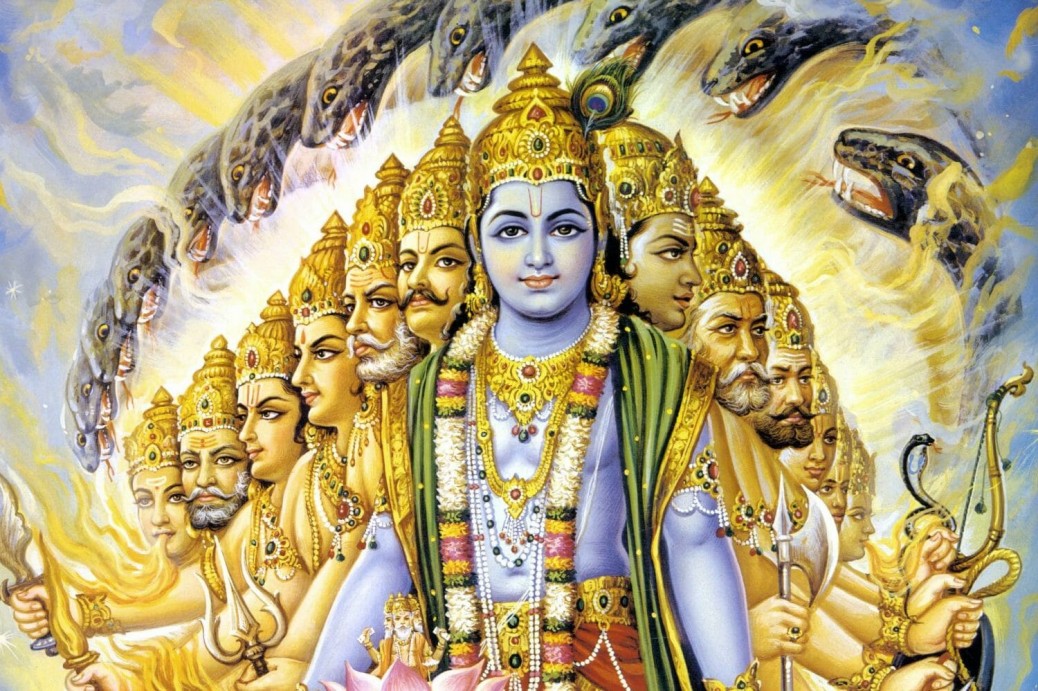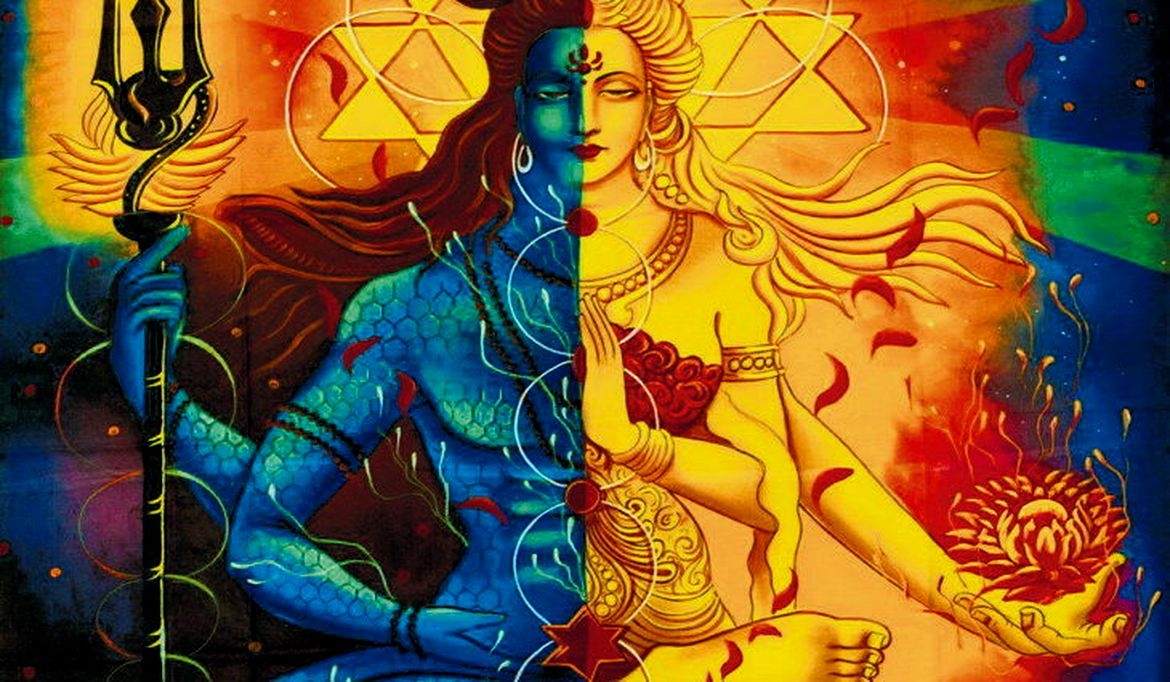Rooted In Oneself – In Gita Verse 18.18 Knowledge, the object of knowledge, and the knower are the three factors that motivate action; the senses, the work and the doer are the three constituents of action.
In Bhagavad Gita Verse 18.18, it is stated that knowledge, the object of knowledge, and the knower are the three factors that motivate action; the senses, the work, and the doer are the three constituents of action. To know oneself, there are three factors and three constituents. By understanding and consciously acting from these six resources, one can learn how to die joyously, in samadhi.
The knower, the knowledge, and the known are the instigators of action, meaning the desire to engage in action arises from the combination of these three. Subject, action, and effect are the collection of karma, formed by their combination.
There are two circles in life. The inner circle comprises the knower, the knowledge, and the known. This is the circle of thought, where you are the knower, something is known, and knowledge occurs between the two. Even in inaction, thought continues, indicating that thought itself is an action within you.
The term “Nyata” refers to the doer of thought, the thinker. The “knowable” is that on which you impose your knower, the object, and the subject. The incident that happens between the two is knowledge, representing the process of the mind.
The first circumference is the mind around your soul. The second circle pertains to the body, involving subject, effect, and action. When thought becomes action, you become the doer. Instruments like the hand or eye become the means, and action takes place in the outside world. This is your second circle.
The central point is your consciousness. From this centre, thought (the knower, the known, and knowledge) emerges as the first circle. When thought becomes denser and solidifies, action is born, leading to the doer, the cause, and the action.
Education prepares us for life but not for death, which is the culmination of life and a significant art. Religion teaches the art of dying joyously and transforming the quality of death into the quality of samadhi, experiencing communion with the divine.
For religion, death is the primary concern, not life. Life is present and not a problem, but death, being the future, needs to be tackled and transcended. Thus, man is always confronting death, not life.
The Kaivalya Upanishad suggests that death can be transcended by knowing something immortal within us. To achieve this, one must focus on life, not on escaping death. Life is before birth and continues beyond death, existing in a river-like continuity.
We must understand life as a river, with birth and death as points along its course, but the river itself continues. By penetrating this river-like life, we can discover the deathless. Our focus should be on knowing life, not escaping death.
The Upanishads advise against fighting death and instead encourage searching for the presence of life within us. This source of life is hidden in the heart. By going deep into the heart and finding this source, one can transcend death and fear, becoming immortal.
Krishna emphasises that we live in a world of material things, an outward-going movement. When consciousness turns inward, we penetrate the divine world, finding peace and bliss. Moving inward enhances our ability to engage with the outward world without being affected by it, remaining Rooted In Oneself.
Tags: Rooted In Oneself




